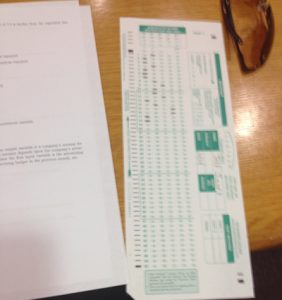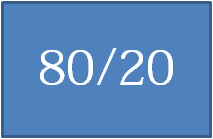
Retail Website Usability & Net Promoter Benchmarks
During the height of the 2013 Christmas shopping season we surveyed online shoppers for their attitudes about the user experience of 10 popular US retail websites. In conjunction with our panel partner, Op4G, we collected and analyzed the responses of 800 participants about factors such as usability, loyalty, trust and appearance using the Standardized User







